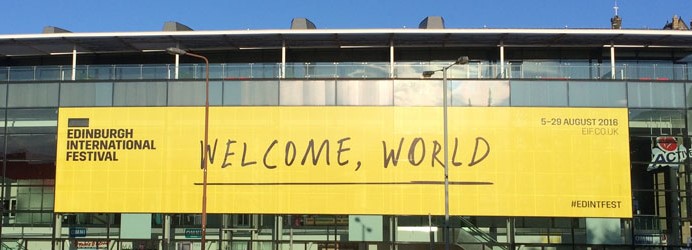The A-Z of Edinburgh pt IV
14th May 2018
H for the Holyrood
There’s many a weary tour guide In Edinburgh who’s stopped counting how often they are asked about “Hollywood Abbey” and “Hollywood Palace”. However, neither the abbey nor the Palace of Holyroodhouse has much to do with tinsletown, instead, the name refers to a local legend: Out on a hunt in 1127, King David I almost lost his life to an enraged stag, had it not been for the sudden and miraculous appearance of a crucifix descending from the skies, startling the animal and scaring it away. Knowing that his mother, Saint Margaret of Scotland, had brought a piece of the True Cross or The Holy Rood to Scotland, the King founded an Abbey on the very site of his divine rescue. It was named Holyrood Abbey, where the relic was kept until it fell into English hands in 1346.
Each morning we explore the Palace of Holyroodhouse on our Treasures of the Old Town tour
I for International Festival
Edinburgh is a festival city. With 11 annual festivals, there is barely a month without cause for celebration and each August the Edinburgh International Festival invites artists and audiences from around the world to Scotland. But it’s not just big names filling concert halls and theatres, fine arts and acclaimed productions – there is more to see in hidden corners, pub backrooms and pop-up venues: The Edinburgh Festival Fringe also showcases artists and performers who break the mould. With over 50,000 shows in almost 300 venues, there is something for everyone.
J for James Young Simpson
Nowadays James Young Simpson is mostly known for having significantly improved patient care in modern medicine when he demonstrated the anaesthetic qualities of chloroform in the mid-19th century. Lesser known are the hosting qualities of the famous Edinburgh obstetrician and who had a reputation for welcoming everyone at his table in 52 Queen Street. Lords and Commoners, Americans and Britons, scientists, artists and politicians would rub shoulders under Simpson’s jovial and open-minded guidance. A free thinker by most accounts he advocated for women’s medical education, supporting midwives’ positions in a hospital environment, and the anti-slavery movement, pointedly seating a freed man of colour as an equal next to a Southern slave-owner.

